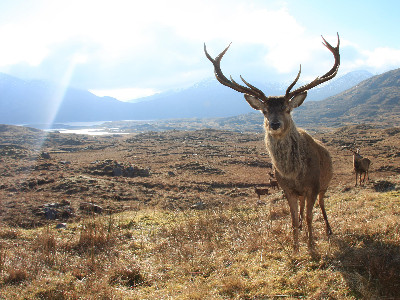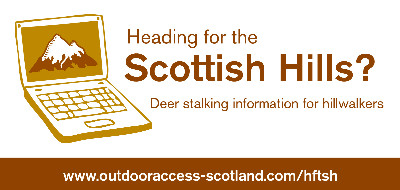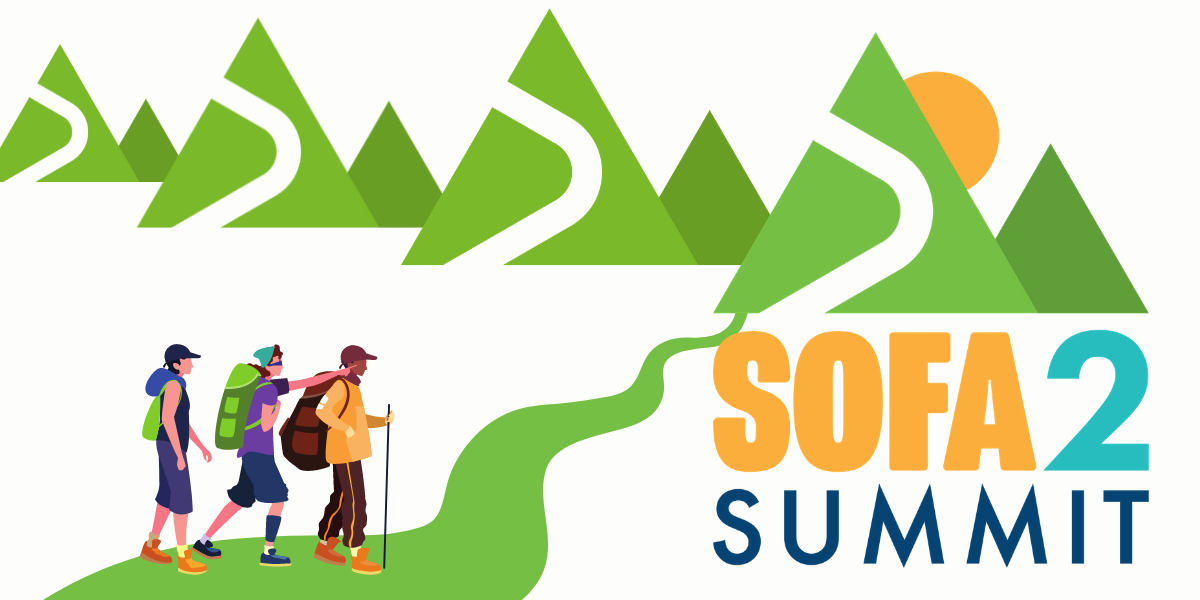Thursday 18th August 2022, 11:08am

Deer stalking in Scotland takes place on
estates in many popular hill walking destinations throughout most of the year,
from July until mid-February.
There has been a significant amount of work carried out to improve the information that is available to walkers and climbers during the stalking season to help plan routes and minimise disturbance.
But it's not always easy to know what your rights and responsibilities are, so we've prepared this quick selection of FAQs to help clue you up and point you in the right direction for more detail.
So to start with...
The stag season runs from 1 July to 20 October.
The hind stalking season starts on 21 October and runs through until 15 February.
That depends on what each estate’s annual cull targets are, and if they are managing to achieve it. More stalking activity will likely occur toward the latter part of each season, in order to reach targets.
Few estates will be shooting on a Sunday, but some do, so it's always best to check.
No. There will always be somewhere you can go to enjoy the hills responsibly. But the Scottish Outdoor Access Code calls on us to help minimise disturbance
during the stalking season by taking “reasonable steps” to find out
where stalking is taking place and by “taking account of advice on
alternative routes”. So if you know stalking will be taking place in a particular corrie you should try to avoid disturbing the deer or the stalkers. Many estates will be able to give you advice on alternative routes which will allow you to get your day on the hill without interfering with the legitimate work of the estate.

The Heading for the Scottish Hills website, at www.outdooraccess.com/hftsh has been set up to provide this information to hillwalkers. Click on the area, then search for the appropriate table for the particular hill(s) you intend to climb, and beside this you will find general stalking information and often a contact email or phone number where you can check for more information. Not all estates participate, but most do and this is the best source of information.
If information is not available via Heading for the Scottish Hills then please follow any local information signs or proceed with caution during the stalking season.
In the absence of any information and you find yourself in an area where stalking is taking place, you can help by:
If you consider that information (whether on location or on websites) is contrary to the advice in the Scottish Outdoor Access Code, unclear, unhelpful or unreasonable, let the relevant Local Access Officer know and copy us in. We are working with Scottish Natural Heritage, local authorities and Deer Management Groups to improve the situation for all hill goers.
The information in this article is drawn up with reference to the Scottish Outdoor Access Code (SOAC). A summary of the advice in the code is contained at www.outdooraccess-scotland.scot/practical-guide-all/field-sports/deer-stalking-open-hill
Sofa 2 Summit is a free online program to help you get the most out of hiking in the hills this summer.
If you want to start hiking in Scotland's hills and mountains, or need a refresher in some key skills after a break from hill walking, Sofa 2 Summit will take you through the basics and help you get where you want to go.
Register now to get started and let us help you get from sofa to summit!
